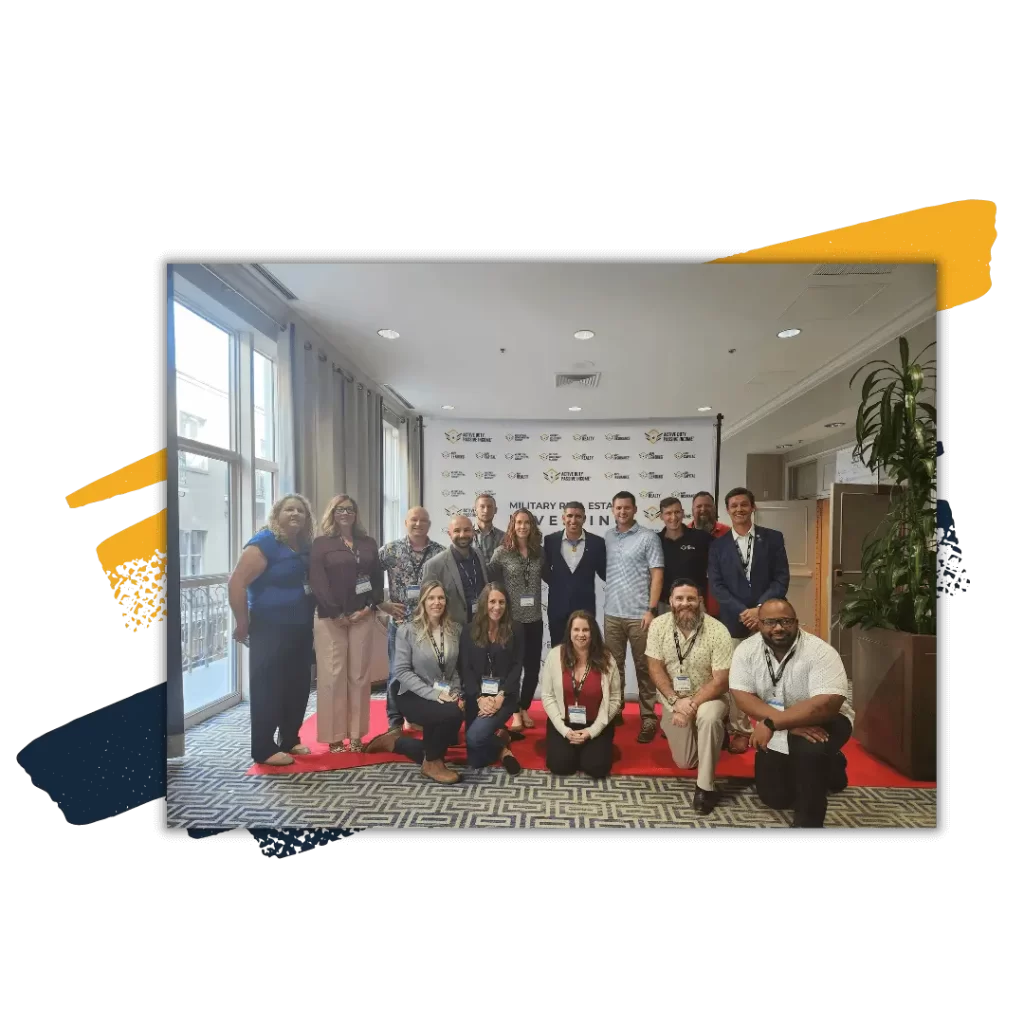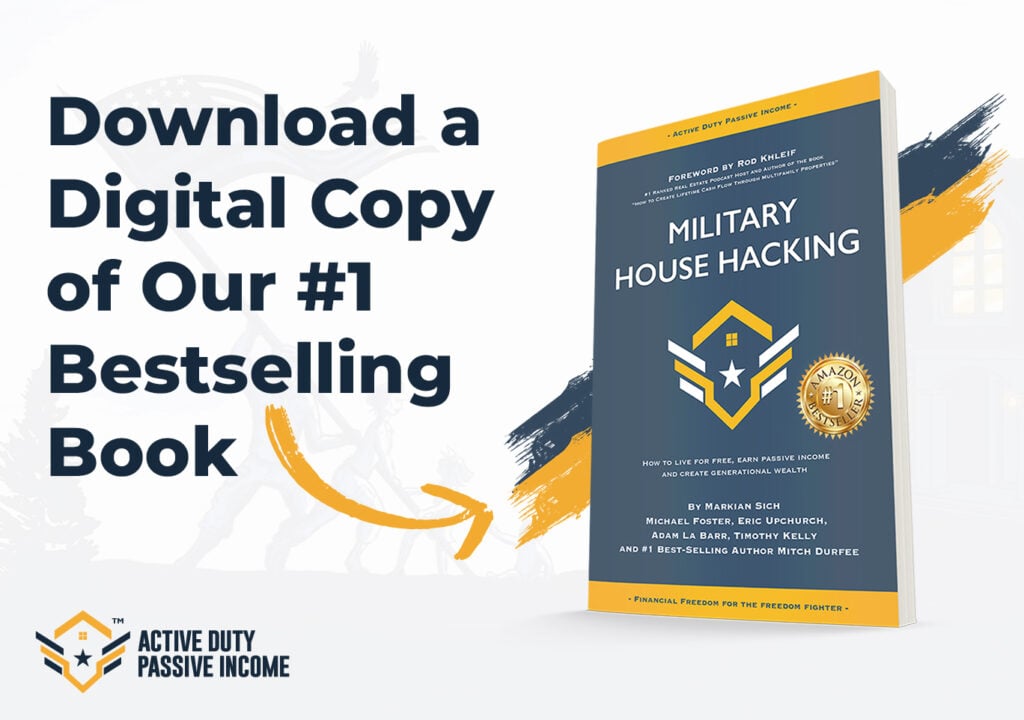Written by: Rent to Retirement
We’ve all heard the fable: would you rather have $1,000,000 today or have a penny double every day for 30 days?
What if we changed the question to would you rather contribute $200 per month for 30 years to a retirement account or $200 per month towards real estate?
Would your answer change if we further stated that it would take you over 8 years to secure your first rental property (ie cash-flowing property) when saving at only $200 per month?
People know they need to save for retirement but many don’t start when they should. Many delay starting for a number of reasons, paying off debt, waiting till they start a family, ensuring they have a stable job, or they simply think they have time to start.
Why Retirement Accounts May Not Be the Sole Answer
There are lots of different ways to fund retirement account, but for the sake of this example we will focus on Roth IRA’s. If we contribute $200 per month to a ROTH from the age of 35-65 (assuming an average rate of return of 8%) we will end up with close to $271,879.71. We can see the power of compounding in this example. Our out of pocket contribution was only $72,000 but the interest gained was $199,879! Pretty remarkable!
Many people focus solely on retirement accounts and what retirement accounts can provide. If this was our primary method for retirement, using the 4% rule, we would have an annual income of $10,875.16 in retirement ($906.26 per month).
- The 4% rule is a general rule of thumb when considering how much retirees can withdraw with a level of comfort that their funds will last over 30 years.
Now, let’s look at an alternative strategy for saving for retirement: real estate investing.
Real estate investing (REI) can comprise a multitude of endeavors, but for this discussion we will focus solely on single-family buy-and-hold rentals. When we talk about REI, we are talking about purchasing a property and renting that property out to another. In doing so, we receive rental income that should cover the mortgage on the house, potential maintenance and repairs, large expenses (Capital Expenditures) and potentially a property management company (if desired).
Done correctly, rental income should be more than all of your expenses. So as the investor, you are creating passive income, known as “cash-flow”, on a monthly basis. The cash-flow generated is extra income that can be used for paying bills, entertainment, savings, or in our example buying more real estate!
Using our example from above where the individual saved $200 per month for 30 years, we will apply this same principle but instead we are purchasing real estate. We save $200 per month until we achieve enough for a down payment on our property. The cash-flow generated will be combined with our $200 contribution to allow us to “snowball” our money to purchase properties in a more timely fashion.
Ready? Let’s see how it play out!
We assume all properties cash-flow $200 per month, a $20,000 down payment (20%) on a $100,000 property.
- Property #1 – Takes 8.3 years to save up the $20,000. We receive $200 in extra cash-flow
- Property #2 – Takes an additional 4.2 years. We are now up to $600 in cash flow ($200 original savings, $200 from property #1, $200 from property #2)
- Property #3 – Takes 2.8 years – $800 cash-flow
- Property #4 – And so on…
I’ll save you the agony of the math and the repetitive nature – and just show you the total at 30 years!
At 30 years, we will have a rental cash flow of $4,000 per month and own 20 properties!!!
Let’s just wrap our heads around that. $4,000 per month in cash-flow! Even though we didn’t get to purchase our first property until 8.5 years into our savings.
Compound interest has a way of exponentially increasing your retirement accounts. Real estate, when done correctly, can outperform compound interest.
There were some very obvious assumptions made in these examples both for and against real estate investing.
- All rental properties cash-flow for $200 and purchase price was only $100,000
- What we didn’t even dive into was property appreciation or rental income increasing. Remember rental income has the potential to increase by around 2-3% per year!
- Average rate of return was “only” 8%
- Even if we did 12% return, which is likely unrealistic, our retirement account would be $579,198 which using the 4% rule would lead to $23,167 per year or just under $2,000 per month. Still substantially less than real estate!
- We didn’t incorporate and large expenditures on our buy-and-hold properties which would likely occur if held for 30+ years.
- While we do take into account CapEx for large issues (roof, HVAC, appliances) – holding a property for this long will likely impact our cash flow.
- We also didn’t evaluate what selling our properties (using the equity created from debt pay down and appreciation) and purchasing larger properties with higher rent would lead to.
- We didn’t look at all of the tax benefits and potential securities that come from real estate investing.
- We didn’t account for our net worth if we were to sell the properties – we also didn’t evaluate taxes on selling properties.
- While we are receiving rental income from all 20 properties, we do not own most outright and will have a mortgage on a vast majority – but we are still receiving that income.

While it is impossible to take into account all the potential variables with real estate, it’s clear to see that the potential upside of real estate investing far surpasses that of investing in your typical retirement accounts.
Real estate, like saving for retirement is a long-term play. However, it can set you up for a future that you could not imagine.
The best thing is to learn about real estate investing to see if it is an appropriate strategy for achieving your financial dreams. There are so many additional benefits to real estate investing that weren’t presented here that we will be discussing in future blog posts! Stay tuned to learn more!
At Rent to Retirement, we help our clients in purchasing and acquiring turnkey properties by maximizing their equity and cash flow. Whether it’s your 1st or 50th property, our experienced team will help you achieve your financial goals. You can enjoy the benefits of real estate investing at a reasonable price. Live where you choose and invest in the market that offers the best returns!
If you’d like to learn more about Rent To Retirement, please click here








